Modern life keeps us perpetually tethered to devices, notifications, and digital demands that fragment attention and deplete mental resources. Finding places that facilitate genuine disconnection has become increasingly valuable for those seeking to restore depleted cognitive reserves and reconnect with more fundamental rhythms. Certain destinations possess natural qualities that accelerate the unwinding process, creating opportunities for presence that simply cannot exist alongside constant connectivity.
Here is a list of 15 American destinations that quickly dissolve digital dependencies and reconnect visitors with the present moment.
Channel Islands National Park

These five islands off California’s coast require a boat journey that physically separates visitors from mainland connectivity and concerns. Cell service disappears shortly after departure from the harbor, creating an immediate transition into a different mental state.
The islands themselves contain no services, stores, or developed facilities—just raw coastal wilderness. Visitors must bring everything they need and pack out all waste, fostering complete self-sufficiency. The extraordinary marine environment, including vast kelp forests and sea caves, demands full sensory engagement that leaves no attention to digital distractions.
Dry Tortugas National Park

Located 70 miles west of Key West, this remote park centers around a 19th-century fortress surrounded by crystal-clear waters and coral reefs. The necessary seaplane or ferry journey creates a meaningful transition away from connected life toward island simplicity.
Overnight campers experience extraordinary solitude after the day-trip visitors depart, with evenings offering unparalleled stargazing unaffected by light pollution. The park’s isolation—the most remote national park in the continental U.S.—creates a psychological distance that facilitates rapid mental decompression.
Like Travel Pug’s content? Follow us on MSN.
Boundary Waters Canoe Area
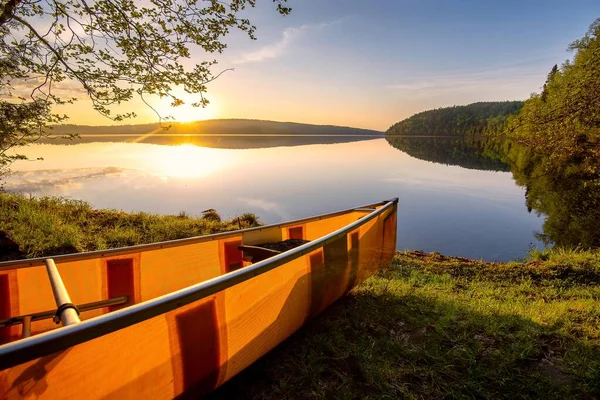
This million-acre wilderness in northern Minnesota contains over 1,200 miles of canoe routes connecting hundreds of pristine lakes. The paddling-only access creates immediate separation from motorized modern life and its attendant distractions.
Visitors quickly adjust to natural rhythms dictated by weather, water conditions, and available daylight rather than notifications or schedules. The process of navigation using a map and compass engages spatial awareness and observation skills often dormant in GPS-dependent travelers. Extended silence among the pine forests creates space for thoughts and conversations impossible in noisier environments.
Cumberland Island National Seashore
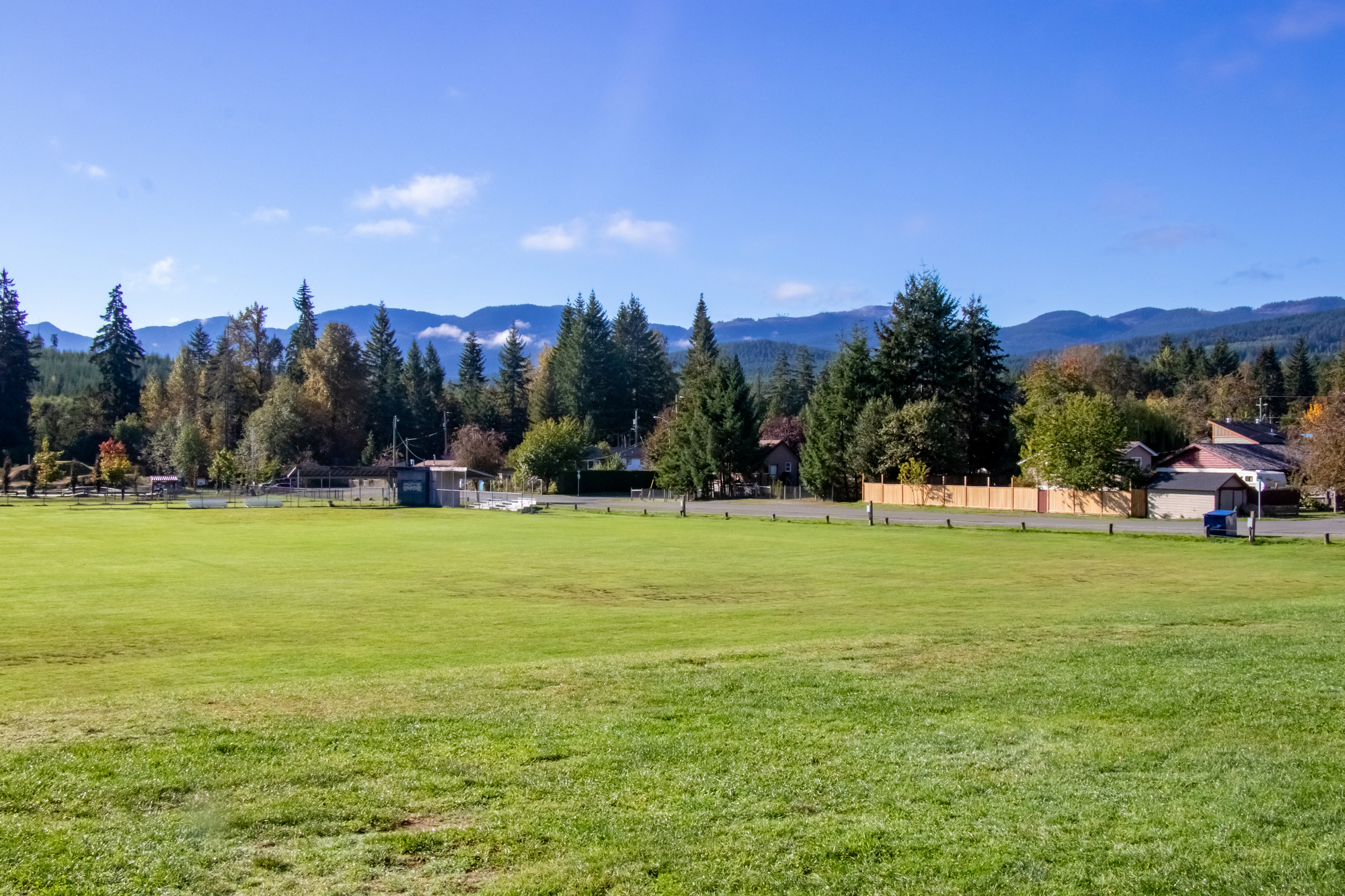
Georgia’s largest barrier island remains largely undeveloped, with wild horses roaming expansive beaches and maritime forests draped in Spanish moss. The ferry crossing from the mainland creates a tangible boundary between connected and disconnected worlds.
The absence of commercial development—no stores, restaurants, or rental facilities—necessitates bringing everything needed for the visit. Camping among ancient live oaks—with minimal facilities—reinforces self-sufficiency, while cellular dead zones eliminate digital tethers. The island’s rich history provides mental stimulation completely separate from technological inputs.
Havasu Falls

The 10-mile hike into this remote section of the Grand Canyon requires both physical effort and planning that heightens appreciation for the destination. The turquoise waters against red canyon walls create a visual impact that immediately captures complete attention.
The Havasupai Tribe’s management limits visitor numbers, maintaining a sense of discovery and solitude rarely found in more accessible destinations. The complete absence of connectivity forces visitors to engage entirely with their immediate surroundings and companions. The challenging access filters for committed travelers, fostering a like-minded community seeking authenticity.
Like Travel Pug’s content? Follow us on MSN.
Assateague Island National Seashore

This undeveloped barrier island off Maryland and Virginia features wild ponies roaming beaches unmarred by commercial development or permanent structures. The constantly shifting island—reshaped by coastal storms—reminds visitors of nature’s dominance over human attempts at control or permanence.
Camping directly on the beach creates an immediate sensory connection to the rhythms of tides, winds, and wildlife movements. The relative proximity to major metropolitan areas makes this unplugged experience accessible even for weekend trips. The stark contrast between nearby developed beaches and this preserved natural environment highlights the unique qualities of genuinely wild places.
Redwood National and State Parks

Northern California’s ancient forests create natural cathedrals where massive trees—many over 2,000 years old—inspire quiet contemplation and perspective-shifting thoughts. Cell coverage disappears beneath the dense canopy, creating spaces where technology feels both unnecessary and inappropriate.
The sensory experience of these forests—the distinctive scent of redwood, the quality of filtered light, and the remarkable quiet—demands present-moment awareness. Hiking through groves of the world’s tallest trees naturally induces what psychologists call “awe experiences” that diminish self-preoccupation and expand perception.
Big Bend National Park

This remote Texas wilderness sits along the Mexican border, far from population centers and the connectivity they provide. The vast desert landscapes create a sense of exposure and vulnerability that quickly reorders priorities away from digital concerns.
Night skies here rank among the darkest in the continental United States, with stargazing opportunities that recalibrate one’s sense of scale and importance. The extreme conditions—temperature swings, limited water sources, rugged terrain—require constant environmental awareness that leaves no attention to screens or notifications. The park’s size (over 800,000 acres) creates genuine solitude opportunities impossible in more visited destinations.
Like Travel Pug’s content? Follow us on MSN.
Lake Kora

This former Vanderbilt Great Camp in New York’s Adirondacks operates as an all-inclusive wilderness retreat with an explicit focus on disconnection and presence. The historic property must be rented in its entirety, creating private experiences for family groups or friends seeking shared unplugged time.
Activities center around traditional camp pursuits—swimming, boating, hiking, and fishing—accomplished without modern technological assistance. The rustic-luxe accommodations feature comfortable beds and excellent food without televisions, reliable cell service, or WiFi access. Evening gathering spaces focus on fireplaces rather than screens, fostering conversation and shared storytelling.
Amish Country Farmstay

Several working farms in Pennsylvania’s Lancaster County offer immersive experiences in the tech-free Amish lifestyle, where visitors participate in daily agricultural routines. The deliberate absence of electricity in living spaces creates immediate separation from device dependence and digital habits.
Participating in manual labor—gathering eggs, milking cows, gardening—reconnects visitors with physical capabilities often underutilized in modern professional life. The Amish emphasis on community and direct interpersonal connection provides models for relationship building without technological mediation. The experience challenges assumptions about necessities versus preferences in contemporary life.
Canyon Ranch Woodside
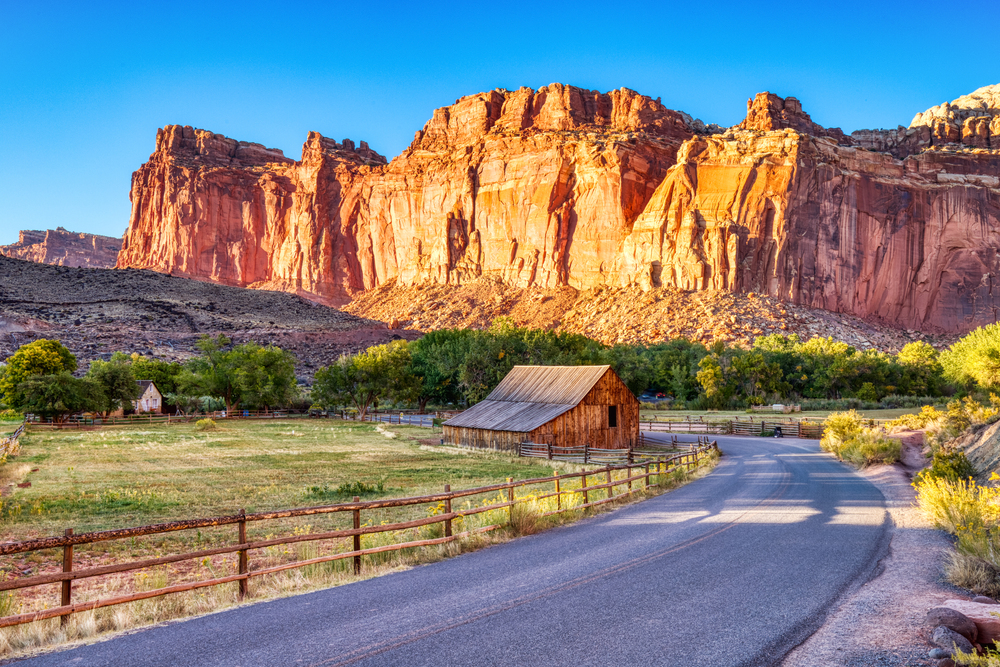
This wellness retreat in California’s redwood forests specifically designs programs addressing digital dependency and attention restoration. The property maintains designated device-free zones where guests experience extended periods completely separated from connectivity.
Guided mindfulness practices teach transferable skills for maintaining presence even after returning to connected environments. The culinary program emphasizes attentive eating—focusing completely on food flavors, textures, and origins rather than distracted consumption. The forested setting provides natural therapy through exposure to phytoncides—wood-derived compounds believed to boost immunity and calm the nervous system.
Like Travel Pug’s content? Follow us on MSN.
Breitenbush Hot Springs

This off-grid retreat center in Oregon’s Cascade Mountains operates completely on geothermal and hydroelectric power generated on-site. The community explicitly prohibits mobile devices in public areas, creating spaces free from digital intrusions.
The naturally heated pools ease physical tension while accelerating mental unwinding. The remote forest location—requiring driving on unpaved roads—creates psychological distance from everyday concerns. The intentional community operating the facility demonstrates alternative approaches to work, leisure, and social organization that provide a perspective on mainstream assumptions.
Lake Powell Houseboat
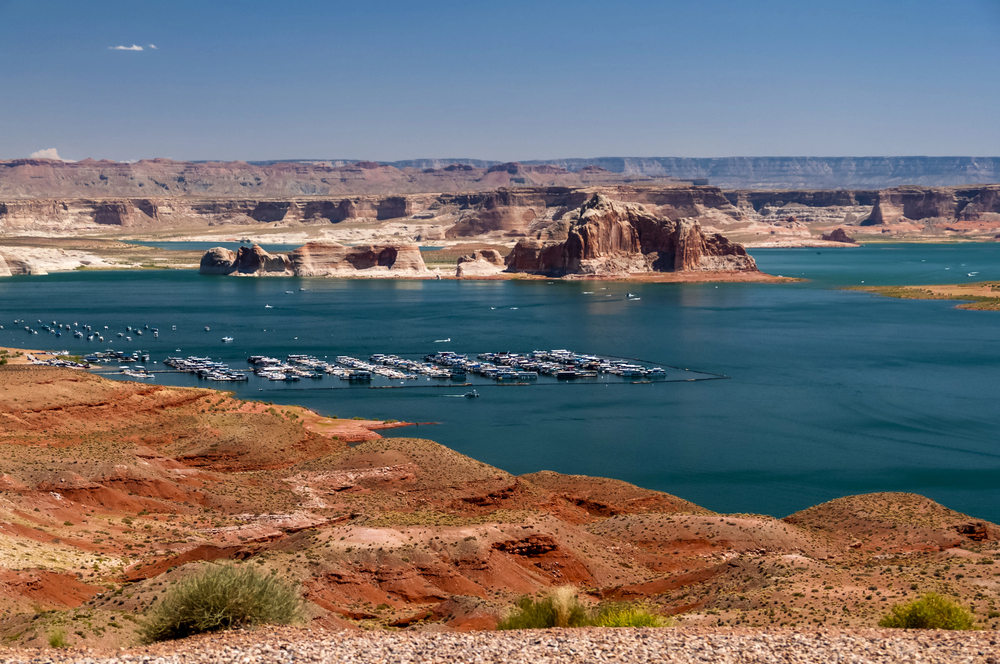
Renting a houseboat on this massive reservoir straddling Utah and Arizona creates floating isolation amid spectacular desert landscapes. Anchoring in remote side canyons places visitors beyond cellular range, with sheer sandstone walls blocking signals and creating natural technology barriers.
The daily rhythm shifts to match sunrise and sunset rather than clock time or scheduled notifications. Navigation requires attention to natural landmarks and paper maps, engaging neglected wayfinding abilities. The immersive experience of living surrounded by water focuses attention on the immediate environment and its subtle changes.
Mesa Verde Backcountry

Permits for overnight backcountry hikes to remote ancestral Puebloan sites in this Colorado National Park provide access to archaeological treasures few visitors experience. The necessary physical separation from vehicle access points creates both literal and psychological distance from connected life.
Spending time among structures built nearly 1,000 years ago naturally inspires consideration of what constitutes necessity versus luxury. The preservation of ancient astronomical markers demonstrates how pre-technological societies maintained a profound connection with natural cycles and celestial movements. The silence of these spaces—particularly at night—creates opportunities for reflection impossible in noisier environments.
Like Travel Pug’s content? Follow us on MSN.
Rapid Renewal Psychology
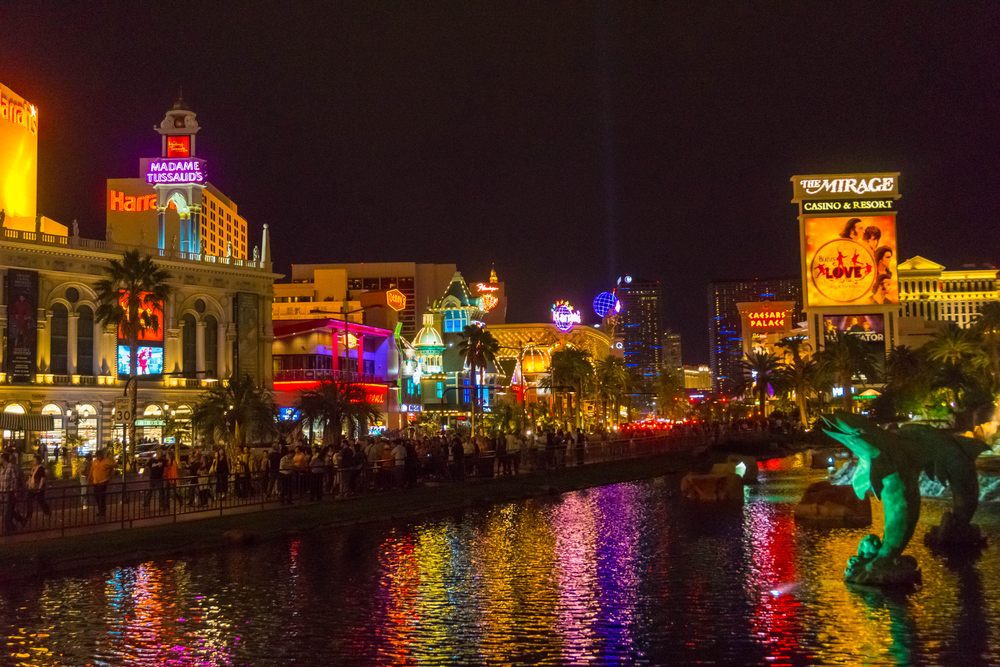
These destinations share key characteristics that facilitate rapid disconnection: physical separation from technology infrastructure, immersive natural or cultural environments that demand attention, and activities requiring presence. Research increasingly confirms what intuition suggests—that periodic complete breaks from digital connectivity offer essential mental and emotional restoration.
The growing popularity of these unplugged experiences reflects a recognition that constant connectivity exacts hidden costs on attention, creativity, and well-being. As technological immersion intensifies, these places offer an essential counterbalance—spaces that reconnect us to what it means to be fully human in a specific place and time.
More from Travel Pug

- Cities Growing so Fast You Won’t Recognize Them in 10 Years
- 13 Destinations Where Tourists Regularly Regret Their Trip
- 16 U.S. Cities That Are Quietly Becoming Travel Hotspots
- Where to Travel If You Love Long Bus Rides and Daydreams
- 20 Cities Perfect for Solo Travelers Who Crave Adventure & Culture
Like Travel Pug’s content? Follow us on MSN.
